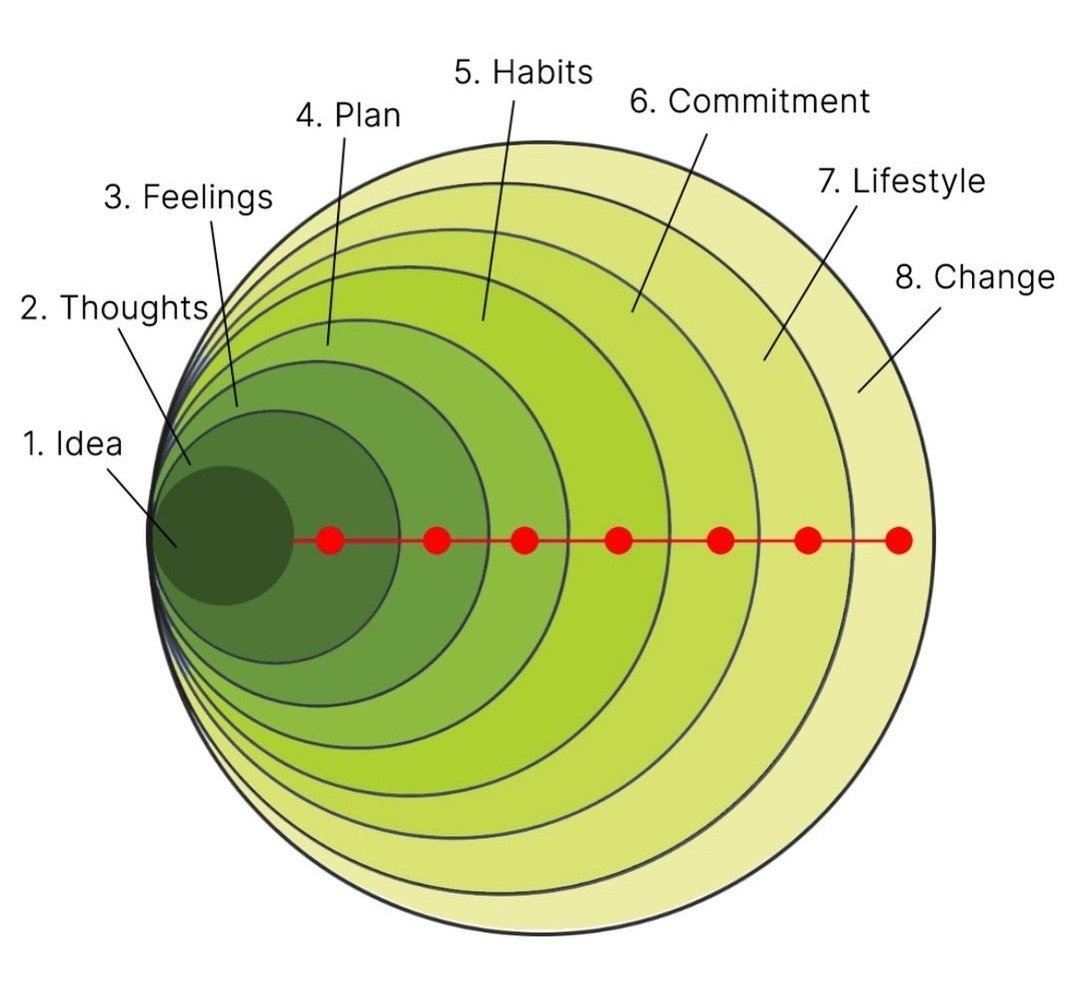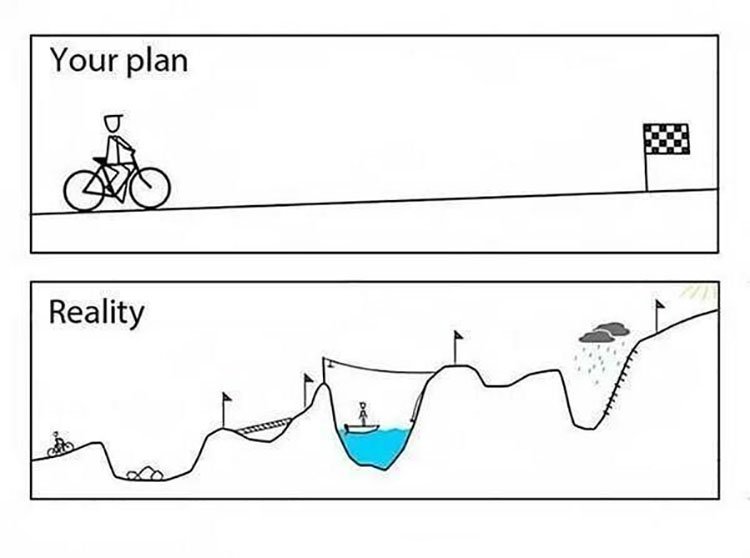True leadership isn’t about micromanaging every detail, I think it’s about setting a clear vision and empowering others to find their own way forward. When you tell people exactly how to do something, you limit their creativity, their problem-solving abilities, and ultimately, their growth. But when you define the goal, provide the necessary resources, and step back, you create space for innovation and ownership.
Great leaders understand that trust is a catalyst for excellence. By relinquishing control over the "how," you invite people to take ownership of the process. You give them permission to experiment, fail, learn, and ultimately, deliver results that may far exceed your expectations. So, resist the urge to dictate every step, instead, inspire with clarity, support with confidence, and then stand back. You may just be amazed by what people can achieve when given the freedom to rise to the challenge.











